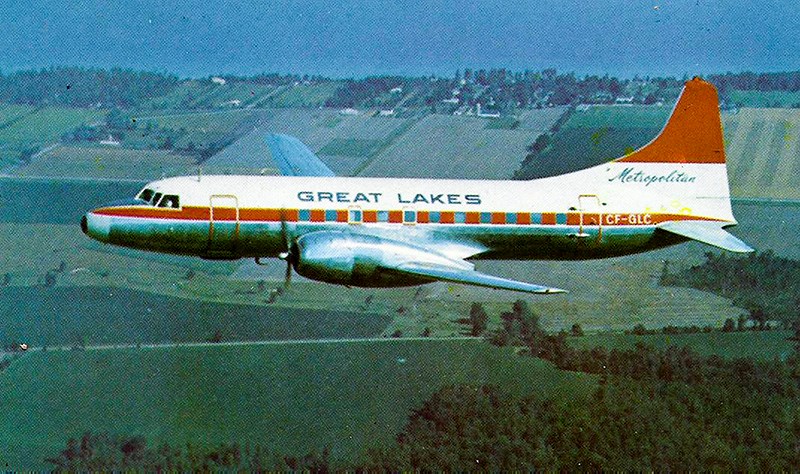Phil Egan
The year I turned 24, my dad’s garage was full of Swipe, “The Miracle Cleaner.”
This was going to be my ticket back to third year at University of Windsor. All my aunts and uncles, and everyone who visited my parents’ home, owned at least two bottles of Swipe.

I remember also selling bowling balls, kitchenware, and cartons of smuggled American cigarettes – anything to make a buck.
All that changed one summer afternoon when my friend, Faith Keelan, told me that things were slow in charter sales at our local air carrier, Great Lakes Airlines. They needed a salesman, Faith told me. That led me to a meeting with General Manager and VP George Capern. “Your problems are over,” I told him, mustering all of the bravado that I could.
Following a spirited exchange as to whether he would pay me 5% or 10% commission, I soon found myself the airline’s first sales representative. Little did I know that I was about to embark on a 40-year career in the Canadian travel industry. It was June of 1971.
Great Lakes Airlines, at the time, had grown out of the fleet air arm of the Holmes-Blunt Group of companies that also owned Holmes Foundry, Eagle Machines in London, and other companies. Great Lakes Airlines operated two, 44-seat piston-engine Convair Metropolitan aircraft. One flight carried Sarnia business travellers to Toronto and back each day. The other aircraft was mine to peddle for charter.
I sold golf charters in summer to Georgia and the Carolinas, and hockey charters to Maple Leaf Gardens in winter. We used to offer a package that included round-trip flight from Sarnia to Toronto, a round-trip bus ride to and from Maple Leaf Gardens, and a ticket to the game (greys). The whole thing cost $25.
It was a small airline, and everyone did their bit to make it work. Laurie Chivers, the “chief stewardess,” used to stop at John’s Restaurant on her way to work to buy 44 doughnuts for the morning’s flight. General Manager George Capern also flew some of the flights.
One day, returning to Sarnia after leaving passengers in London, I was kneeling on a seat with my arms on the seatback, talking to one of the flight attendants as she worked in the aisle, cleaning up plastic cups and putting them into a green garbage bag. Suddenly, I began to float. The next thing I knew, I was in the open overhead compartment.
The flight deck door was open. “I’ll bet you five bucks I can put Egan in the hat rack,” one pilot had said to another.
All things considered, it was a pretty fun place to work, and a great introduction to the travel industry.





